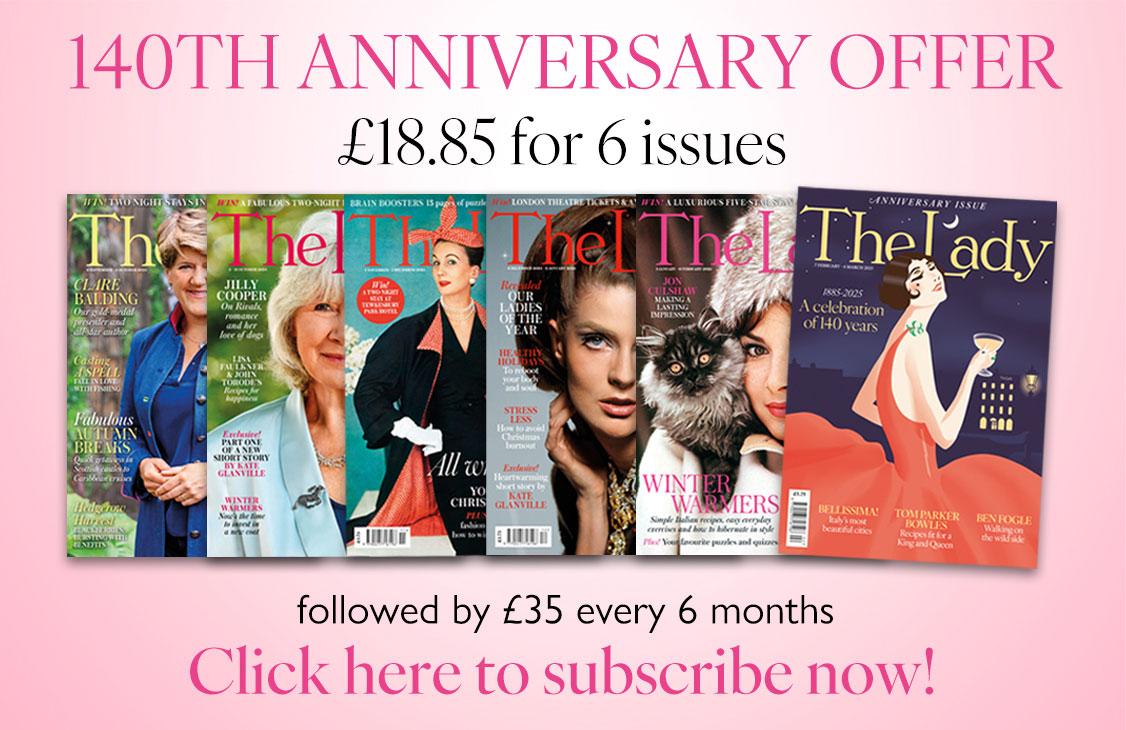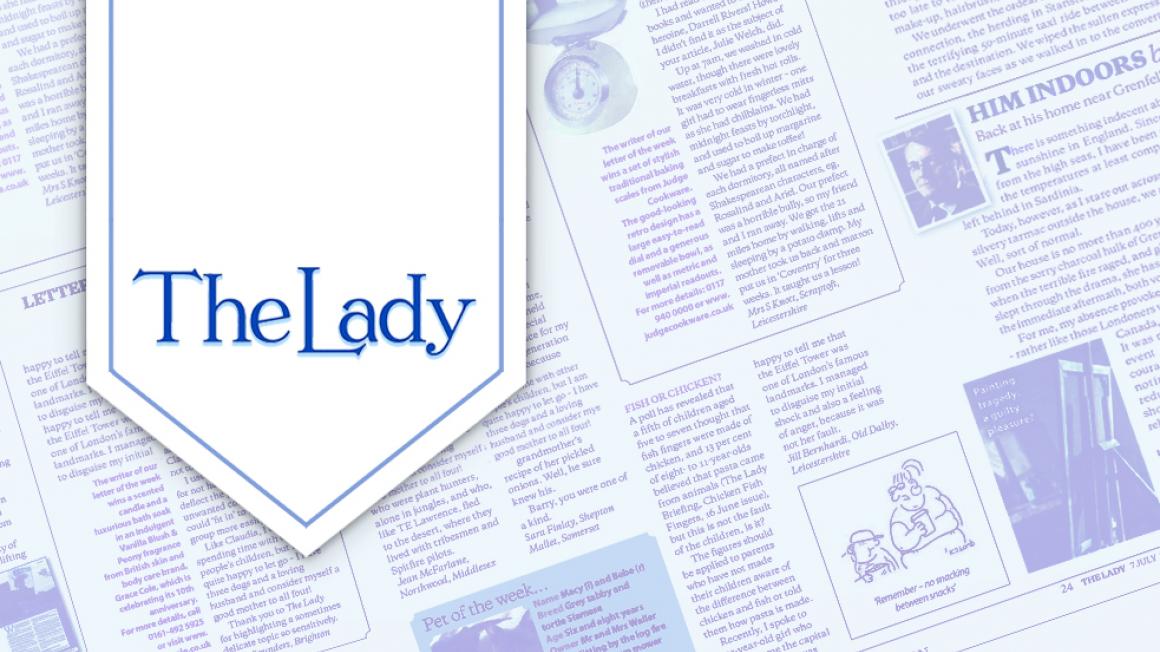Book reviews: 1 July
OUT NOW
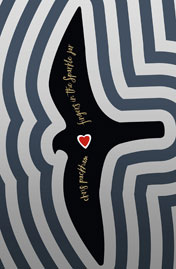 FINGERS IN THE SPARKLE JAR by Chris Packham (Ebury Press, £20)
FINGERS IN THE SPARKLE JAR by Chris Packham (Ebury Press, £20) Chris Packham’s is not your average celebrity memoir. But then the TV naturalist was not an average child: he recalls that his obsession with wildlife really took hold when, as a six-year-old, he developed a taste for tadpoles. Romantically, he imagined their molecules fusing with his own, connecting him intimately with the natural world.
Human connections were rather lacking: Packham’s 18th birthday was spent wandering around alone in the New Forest, a confession he makes, many years later, to the therapist from whom he is seeking help after becoming suicidal.
Fingers In The Sparkle Jar is an occasionally demanding book, moving restlessly between perspectives, between first- and third-person narration, and between various formative episodes in the star’s troubled early life. (Packham was finally diagnosed with Asperger’s syndrome in his 20s.) There are moments when one senses a novelist struggling to get out. Yet it is worth persevering: densely descriptive and charged with the intensity of the author’s recollections, this is a compelling, raw account of a 1970s childhood – and a unique one.
Stephanie Cross
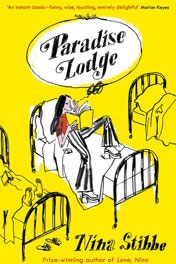 PARADISE LODGE by Nina Stibbe (Penguin Books, £12.99)
PARADISE LODGE by Nina Stibbe (Penguin Books, £12.99)The author of bestseller Love, Nina (now a popular BBC TV series) turns her attention to the lively and laugh-outloud story of a 15-yearold girl working at a rather shabby old people’s home, the inexplicably named Paradise Lodge.
With no previous knowledge of geriatric care, Lizzie Vogel juggles the world of dentures and senior moments with her homework and a love of punk music. She only took the job for a change of scene, and because she ‘loved the idea of being professionally compassionate’. But when the opening of a new, smarter institution threatens the future of Paradise Lodge, Lizzie is determined to save it.
Partly based on the author’s own experiences in 1970s Leicestershire, where the novel is set, this is a charming and riproaringly funny read. However, one wonders whether Stibbe would have been wiser to stick to the epistolary form, at which she clearly excels – the prose here sometimes lacks the immediacy and zing of Love, Nina’s letters. Don’t let this put you off, though. Stibbe’s depiction of a teenager’s illogical thought processes is witty and thoroughly chortleinducing.
Helena Gumley-Mason
BOOK OF THE WEEK
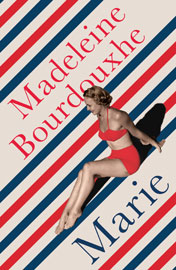 A woman’s world
A woman’s world MARIE by Madeleine Bourdouxhe (Daunt Books, £9.99)
I don’t really want to write this review. Because Marie is a book to be experienced first-hand, not read about. First published in 1943, its original title (A La Recherche De Marie) paid homage to Marcel Proust, whose signature alchemy of sensory experience and recovered memory is echoed in its pages.
A married woman on holiday meets a younger man. This leads to a passionate affair, played out in the evocatively described streets, stations and cafés of Paris. So far, so French, but the plot is incidental: the novel’s warp and weft is its protagonist’s inner life. ‘Marie, are you ready?’ asks her husband in the opening line. And ready she certainly is: for an awakening, for radical change.
Marie’s focus shifts inwards while she negotiates the demands of household, family and husband. The narrative is at its strongest when rooted in the physical world, but the odd Gallic flight of abstract fancy doesn’t jar. While doing housework, she muses on ‘the mutual understanding between the palms of her hands and the objects they touch’. Yet her seeming self-absorption leads to a heightened empathy: the novel ends in a Parisian corner, with Marie smiling at ‘all these gentle people, touched by the simple grace of being alive’.
This is a quietly affecting book by an author who shunned the limelight but was part of Sartre and De Beauvoir’s circle. Faith Evans’s translation and insightful afterword bring us the gift of a rediscovered classic.
Juanita Coulson
COFFEE TABLE BOOK
PAINTERS’ PAINTINGS: FROM FREUD TO VAN DYKE by Anne Robbins (National Gallery Company, £14.95)In this ravishingly illustrated book, accompanying the National Gallery’s show, Anne Robbins sheds light on why artists collect art by other artists. She reflects that painters frequently give each other pictures early in their careers, before such works reach high prices. Picasso and Matisse swapped pictures to ‘learn from each other’.
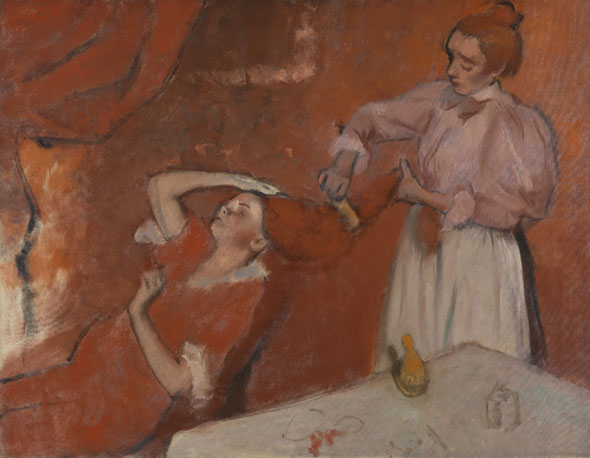 Degas’s Combing The Hair (La Coiffure)
Degas’s Combing The Hair (La Coiffure)Matisse pawned his wife’s wedding ring to possess Gauguin’s primitive, richlycoloured paintings, while Degas was inspired by art he had swapped with Van Gogh. Lucian Freud collected work by friends Bacon and Auerbach, as well as masterpieces by Constable, Cézanne and Corot. ‘He pinned a replica of his Cézanne to the encrusted walls of his studio… the canvas itself hung in his drawing room’, writes Robbins.
A visual feast for art lovers.
Rebecca Wallersteiner
PAPERBACKS
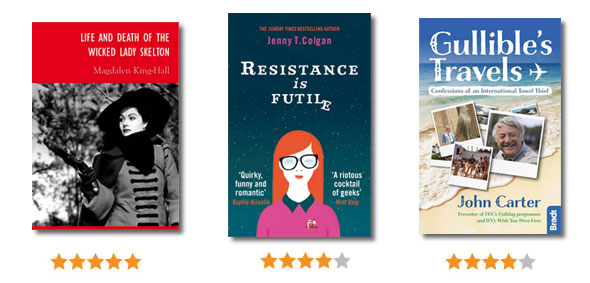
LIFE AND DEATH OF THE WICKED LADY SKELTON by Magdalen King-Hall (University of Hertfordshire Press, £8.99) This novel set pulses racing when it was first released in 1944.
Although based on Lady Katherine Ferrers, a 17th-century aristocrat and highway robber, King-Hall’s protagonist is far more wicked than her muse. Meet Lady Barbara, bored wife of a rich political figure, in search of excitement. With news of the notorious robber Jerry Jackson causing widespread fear, she is encouraged by his criminal prowess and disguises herself as a highwayman. They fall in love and become partners in crime – with dire consequences.
Shocking and entertaining in equal measures: a true gem from a bygone era.
Lyndsy Spence
RESISTANCE IS FUTILE by Jenny T Colgan (Orbit, £8.99)
Let’s hear it for off-thescale- quirky redheads everywhere with bestselling novelist Jenny Colgan’s intelligent and funny tale of academic genius, a meeting of misfits and improbable romance.
Super-smart ginger mathematician Connie is used to being the odd one out. The only girl in most jobs, she has a precarious love life: men are intimidated by her ‘as if her job was a direct challenge to their masculinity’. But when she is recruited for a top-secret codebreaking project, she is out-weirded for once in her life, by her colleague Luke Beith. Together they embark on a perilous quest. Sci-fi thriller meets subtly romantic romcom with an all-geek cast, told in Colgan’s inimitable, hilarious style.
JC
GULLIBLE’S TRAVELS: CONFESSIONS OF AN INTERNATIONAL TOWEL THIEF by John Carter (Bradt Travel Guides, £10.99)
Veteran reporter and TV presenter John Carter was once told that a bona fide ‘traveller’s tale’ should be 100 per cent true and 99 per cent unbelievable. After almost six decades of globetrotting, Carter has plenty of them to tell – this collection brings together some of his favourites.
He offers amusing glimpses behind the curtain of the travel industry, relates encounters with royals and film stars, skewers the more odious traits of British holidaymakers, reveals conflicted feelings about the mass tourism that he himself helped engender, and paints a vivid picture of the golden age of Fleet Street journalism.
A delightful read.
Richard Tarrant
THE LADY’S RECIPE READS
Making your own bread can be intensely satisfying – and with these books it’s eminently doable. By Juanita Coulson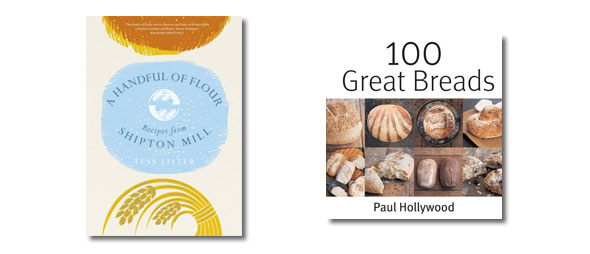
A HANDFUL OF FLOUR: Recipes From Shipton Mill by Tess Lister (Headline, £27)
At her bread-making masterclasses, artisan baker Rose Prince stresses the importance of good stoneground flour: her recommended supplier is Shipton Mill. Listed in the Domesday Book, the Cotswold mill was restored by John Lister in the 1980s and now makes sustainable, organic flours favoured by top chefs. Written by John’s daughter, its first cookbook explores the properties and types of flour, from classic white and wholemeal to speciality grains such as rye, emmer and spelt. Bread-making enthusiasts will love the likes of rock-salt-androsemary focaccia, but there are also recipes for quiches, pizzas, pasta and puddings. A beautiful book drawing on a wealth of expertise and tradition.
100 GREAT BREADS by Paul Hollywood (Bounty, £9.99)
In this follow-up to his popular 2013 book Bread, the TV baker continues his love letter to ‘the one common factor that has linked the world’s cultures together’, celebrating the sociable, heart-warming experience of making your own bread. And if you find the prospect terrifying, this might just be the book for you. A useful chapter on Tools, Techniques and Tips, and a basic wheatsheaf loaf, will get you started. Once you gain confidence with plain white and wholemeal, you can progress to his delicious French, Italian and herb breads. The Sweet Treats section has enticing delights, such as a honey-and-saffron loaf. A handy paperback with gorgeous illustrations, bound to end up well thumbed and covered in flour.
Tweet us your recipe reads @TheLadyMagazine using #ladyrecipereads
